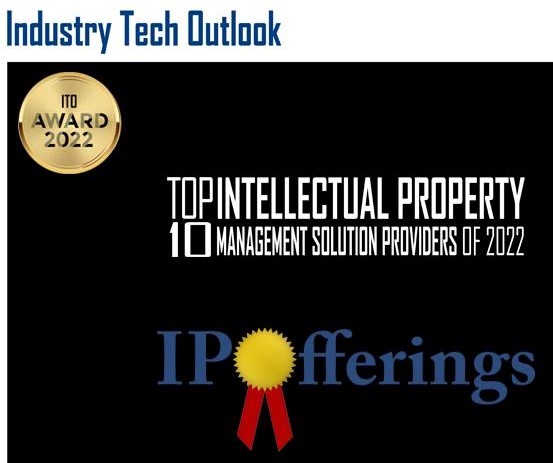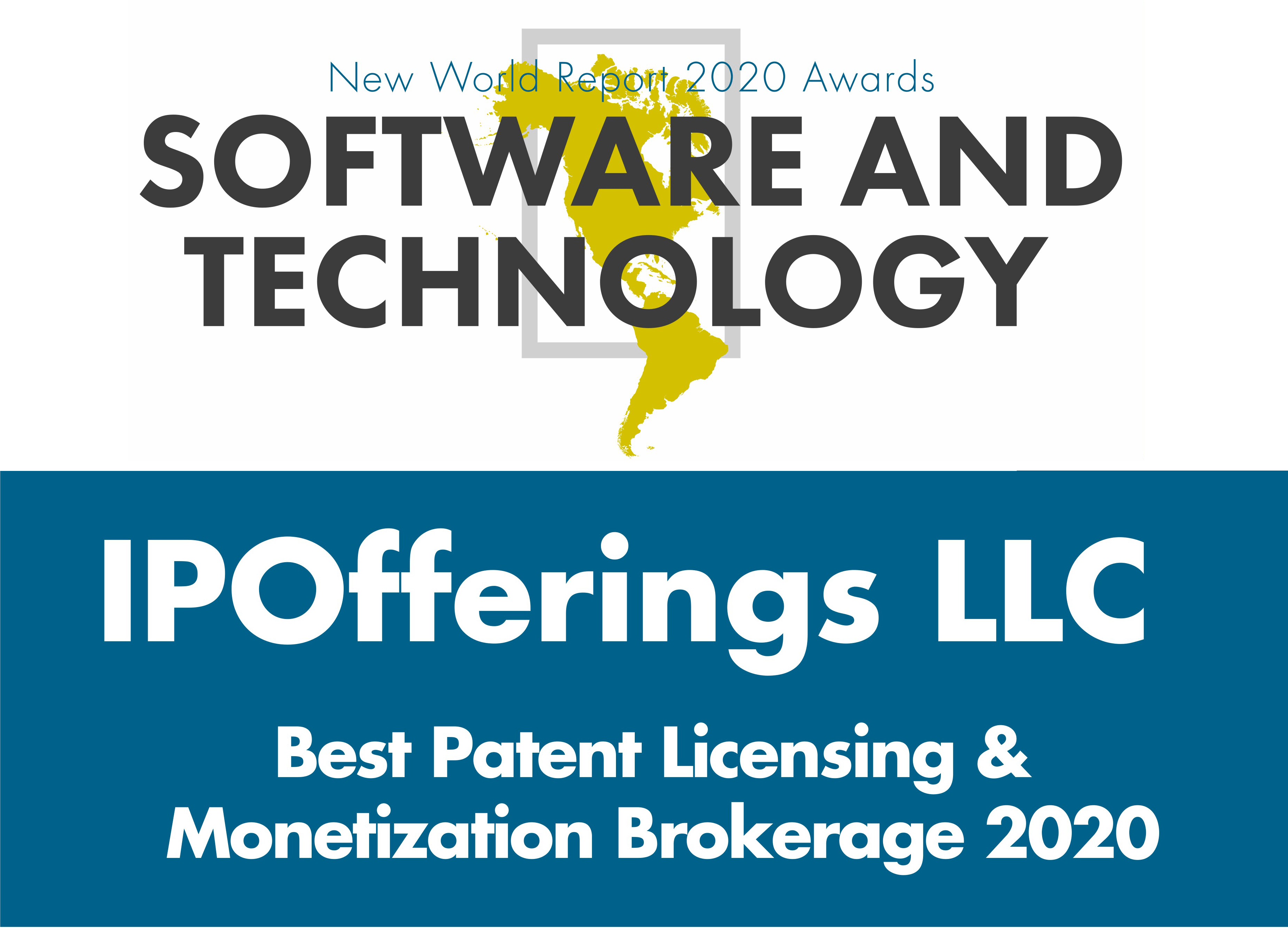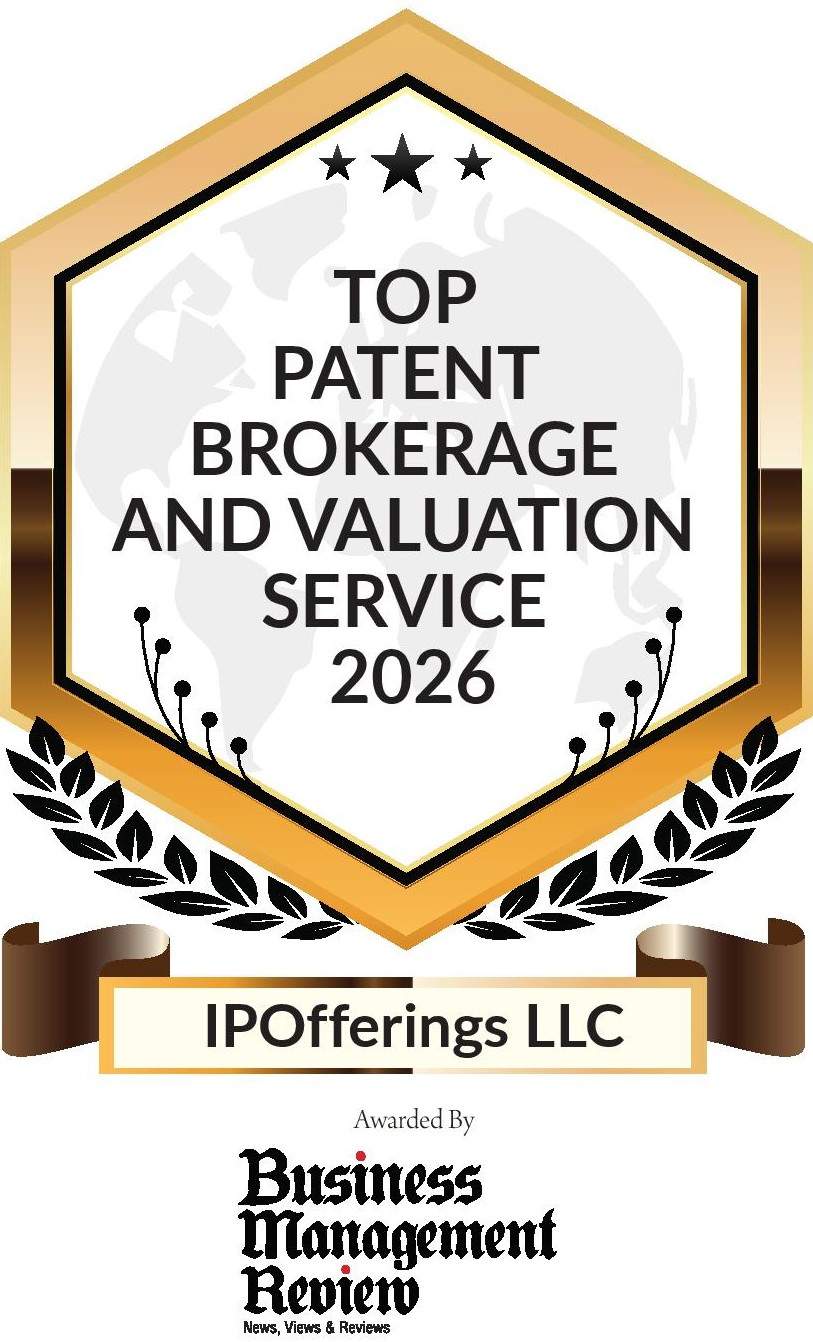Patent MarketPlace: Smart Home Patents and Smart Office Patents for Sale
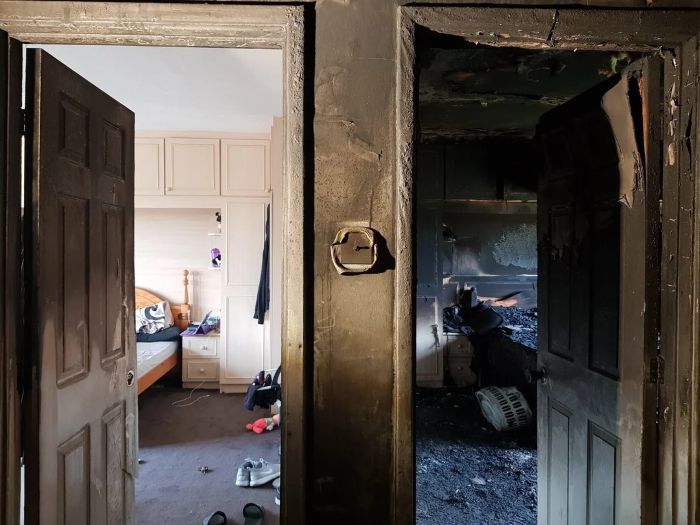 New Class of Life-Saving Door Technology (Upton Ventures): U.S. Patent No. 11,885,166
New Class of Life-Saving Door Technology (Upton Ventures): U.S. Patent No. 11,885,166
One of the most effective ways to survive a residential fire is to have an escape plan and to close bedroom doors before going to sleep. A closed door can result in a temperature difference of over 900° F and can dramatically reduce the spread of heat and toxic smoke and gases. Yet most interior doors – especially in rooms occupied by children, elderly adults, and people with limited mobility – are left open, contributing to thousands of preventable deaths and staggering insurance payouts each year.
This patent introduces a breakthrough solution. This invention replaces the top door hinge pin with a compact, self-contained, intelligent device that allows the door to operate normally, but automatically closes the door when specified conditions are detected – while retaining the ability to be opened and re-closed after activation with resistance similar to that of an interior residential garage door. The patented mechanism includes a powerful spring, dual rotating arms, a smart sensing module, an onboard battery, a resettable ratchet assembly, and a thermal failsafe trigger. Because activation can occur from temperature, smoke, gas, humidity, airborne contaminants, light, sound, remote signals, thermal release, and other triggers, the device functions not only as a fire-safety system but as key element in Smart Office and Smart Home technologies. If the electronics fail, the thermal trigger still closes the door in the event of a fire – even during a power loss.
A key advantage is that the patented device fits directly into any standard hinge-pin location, making it compatible with hundreds of millions of existing doors in homes, apartments, schools, and healthcare facilities. Installation requires no construction, no special tools, and no door modification. Unlike single-use fire safety devices, this system is fully resettable, allowing for routine testing and long-term reliability – an essential feature for institutional, healthcare, and multi-unit residential environments.
U.S. Patent No. 11,885,166, titled “Condition activated door spring” would enable any hinge manufacturer to establish an entirely new category of interior door safety. It would create a universally retrofittable, sensor-activated, condition-responsive door closer that works automatically when occupants cannot or have not. It positions the acquirer at the forefront of an emerging, code-aligned market focused on smarter, safer, and more resilient residential and commercial spaces.
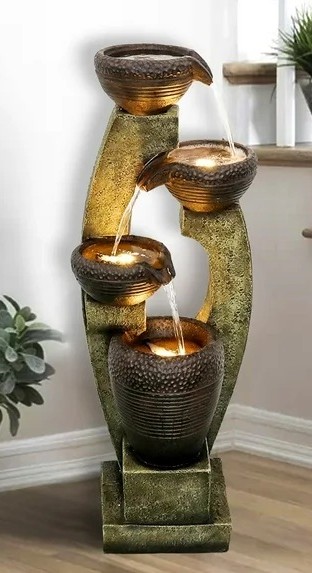 Zero-Upkeep Smart Waterless Fountain (Rawlyk): U.S. Patent No. 12,270,517
Zero-Upkeep Smart Waterless Fountain (Rawlyk): U.S. Patent No. 12,270,517
Decorative water fountains are growing in popularity. For example, Walmart stocks over 1,000 indoor fountains! They offer visual elegance and acoustic serenity in homes, offices, spas, and hospitality environments. Yet traditional models come with one major drawback – maintenance! Most require frequent draining, disassembly, cleaning, drying, re-assembly, and refilling – an inconvenient and often neglected process.
This patented innovation eliminates those burdens entirely. The Smart Waterless Fountain uses customizable, programmable LED arrays to simulate the appearance of flowing water – without actually using any water. The illusion is so refined that it closely mimics the movement and shimmer of real water. An integrated smart speaker delivers a curated library of ambient soundscapes, enriching the sensory experience and deepening the fountain’s calming effect. Smart home compatibility is built in, utilizing app/voice control that integrates seamlessly with Alexa and Google Home.
U.S. Patent No. 12,270,517 for “Smart waterless fountain” covers both the waterless fountain and a potential retrofit kit for converting existing water-based fountains into maintenance-free models. This opens the door for manufacturers to introduce a new category of sustainable, zero-maintenance fountains that elevate ambiance while reducing operational complexity.
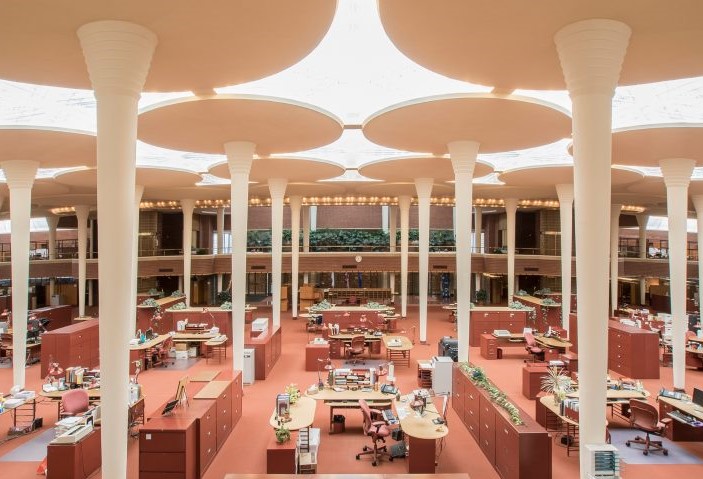 Intelligent Building Lighting (Hikariyane): International Patent Portfolio
Intelligent Building Lighting (Hikariyane): International Patent Portfolio
Skylight have been used in commercial and industrial buildings for almost a century. Frank Lloyd Wright included skylights in the Johnson Wax Headquarters in Racine, Wisconsin, in the 1930s. Skylights have grown in popularity in not just office buildings but also factories, warehouses, and other structures. The challenge with skylights, however, is that on sunny days they can let in so much light that the heat from skylights causes the building’s air conditioning to click on in the dead of winter. And when it is overcast, they do not let in enough light, leaving the building dark.
A building that has skylights – and strives to be a Smart Building – faces the constant challenge of either too much or too little sunlight coming into the building. Having the AC running in the winter is definitely NOT “smart.” This patent creates an intelligent lighting system that uses light diffusion skylights and solar panels to create highly efficient lighting for a building of any size. Artificial intelligence (AI) continually monitors the power being generated by the solar panels and the amount of light coming into the building through the skylights. During daylight hours, the technology covered by this portfolio turns off and turns on the lights in the building based on the amount of light coming through the skylights so the lighting in the building is always at the optimal level for the building’s employees. It uses power from the solar panels to power the lighting, so no power is drawn from the grid during the day.
Patent Portfolio
- U.S. Patent No. 11,054,100: Light adjustment system of lighting devices
- China Patent 111149436: Dimming system for luminaire
- Korea Patent102306278: Illuminator's Dimming System
- Canada Patent 3082324: Light adjustment system of lighting devices
- Australia Patent 2018371374: Light adjustment system of lighting devices
- Algeria Patent 11040: Light adjustment system of lighting devices
- Malaysia Patent 183931: Light adjustment system of lighting devices
- Brazil Patent Application 1120200104949: Light adjustment system of lighting devices
- India Patent Application 202027021892: Light adjustment system of lighting devices
This portfolio – or selected patents from the portfolio – will enable any smart building, skylight manufacturer, or solar power system installer to create the first smart skylight/solar panel illumination system for commercial and industrial buildings. The patentee is currently producing systems based on this portfolio, so in addition to the patents, there is design and engineering content that will help the acquirer of the portfolio to get to market quickly!
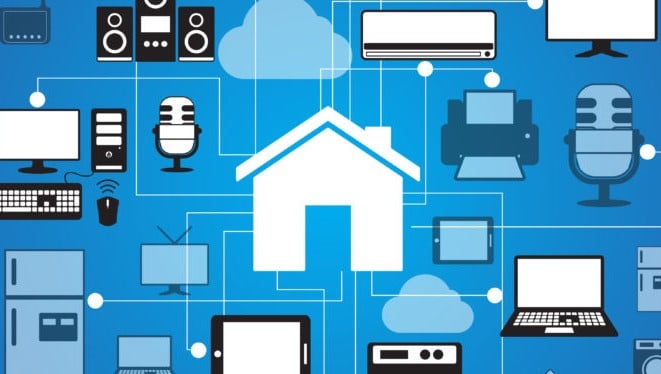 Advanced Connectivity for Devices and Appliances (ADB): International Patent Portfolio
Advanced Connectivity for Devices and Appliances (ADB): International Patent Portfolio
A critical element in the Smart Home, Smart Office, Smart City, Smart Car, Smart Retail business segment is the ability to connect devices and appliances that cannot natively communicate via the Internet because they do not have IP connection capability. This includes such devices as sensors and actuators as well as appliances such as refrigerators, washing machines, dryers, dishwashers, and HVAC systems and components. Also included in this need-to-be connected network are consumer electronics products such as televisions, radios and sound systems.
This international portfolio takes Internet-of-Things (IoT) connectivity to the next level by enabling multiple devices and appliances to be linked together in a comprehensive and manageable network. A user can both gather data from these devices and appliances as well as remotely control them – turn them on, turn them off, and regulate their operation. The latest European Patent Application includes voice control of devices and appliances.
Patent Portfolio
- European Patent 3252997: An IoT-enabled device
- European Patent Application 3331197: A method and system for monitoring a connection status of a device
- Chinese Patent Application 108259262: A method and system for monitoring a connection status of a device
- U.S. Patent Application 20190197022: Method for controlling activity indicators of an electronic appliance
- European Patent Application 3506102: A method for controlling activity indicators of an electronic appliance
- European Patent Application 17183901: A system and method for control of appliances by voice
This portfolio would be a strategic acquisition for any appliance or device manufacturer that is serious about making its products IoT-compatible or for any current supplier of IoT systems looking to advance its technology to the next level. And since most of the properties in this portfolio are still in the application stage, the acquirer of this portfolio can modify these applications – or file continuation applications – and fine tune the granted patents to the precise technology and product development plans of the acquirer.
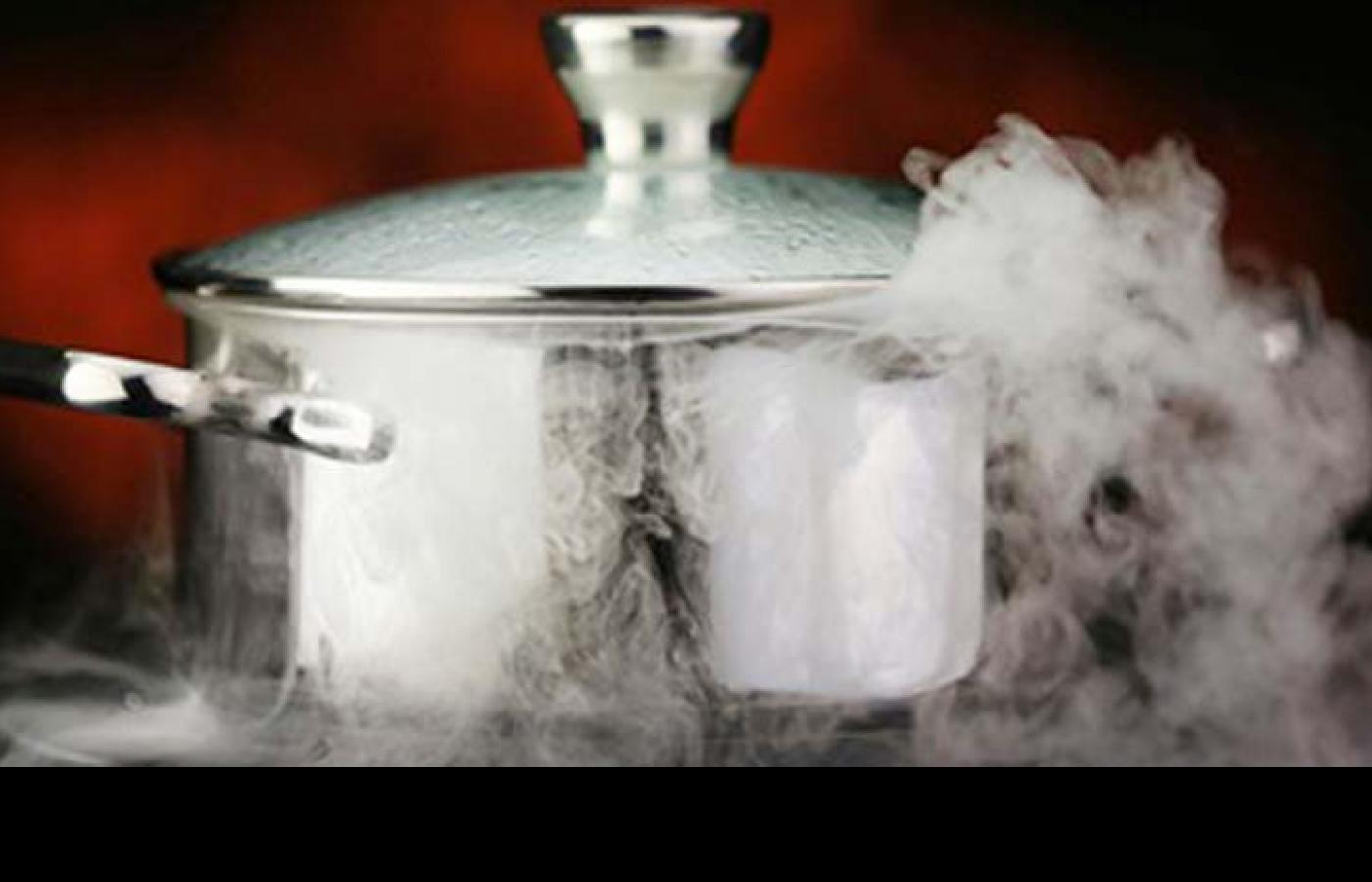 Protection from Stovetop Boil Over (ADB): International Portfolio
Protection from Stovetop Boil Over (ADB): International Portfolio
We’ve all done it. Put a kettle or pot on the stove, turned on the heat, walked away, got distracted, and came back to the kitchen to find a mess! The current generation of Smart Home systems address everything you can imagine about managing your home, from locking and unlocking the doors, to turning on and turning off the heat and air conditioning, to accepting deliveries, to monitoring to see if the kids are watching TV or doing their homework. And this is all great. But what NO Smart Home system has done until now is prevent that pot you left on the kitchen stove from boiling over!
This portfolio adds a new dimension to the Smart Home by doing exactly that! The technology covered by this patent creates what is essentially a “smart pot.” We have smartphones, smart doorbells and smart vacuum cleaners. Why not smart pots? This smart pot records the initial level of contents when the pot is put on the stove, then computes the difference between the initial level and the current level of contents in the pot against the period of time that has passed to determine that the contents are about to boil over. The system then either raises the lid of the pot or opens a hole in the lid of the pot to release the steam and prevent the pot from boiling over.
This international portfolio provides patent coverage on three continents and includes:
- U.S. Patent Application 20190231114: System for detecting a possibility of boiling over and preventing said boiling over
- European Patent Application 3520657: A system for detecting boiling over and preventing said boiling over
- European Patent Application 3520658: A system for detecting boiling over and preventing said boiling over, communicable with a cooktop
- Chinese Patent Application 110089936: For detecting a possibility that boiling over and preventing the system boiled over
- U.S. Patent Application 20200077837: System for detecting a possibility of boiling over and preventing said boiling over, communicable with a cooktop
The second European Patent Application has the added feature that it communicates with the stove. As patent applications – and not granted patents – the acquirer of this portfolio has the added capability of filing continuations or divisionals to add additional claims and fine-tune the portfolio to the acquirer’s product line or new-product development objectives. Any Smart Home supplier can use this portfolio to introduce the first line of Smart Cookware, and a conventional cookware manufacturer can use the portfolio to leapfrog the technology of all of its competitors!
 Self-Cooling/Self-Heating Buildings (Tran): U.S. Patent No. 9,566,608
Self-Cooling/Self-Heating Buildings (Tran): U.S. Patent No. 9,566,608
For the last 100 years or so, buildings were initially heated – and then later cooled – using a system of piping or ducts. A furnace in the basement would distribute heated water through pipes to radiators that would radiate heat to warm the building, or distribute heated air through ducts to registers that would direct the heated air into a room to heat it. When air conditioning came along, the same ducts that distributed heated air in the winter were used to distribute cooled air in the summer. And that technology has not substantially changed for over a century.
This patent discloses the fabrication of a building structure from an aggregate filler mixed with a PCM (phase change material) that consists of perlite, glass microballoons, glass bubbles, phenolic microballoons and microspheres that create small microstructures within the walls of the building that are not visible to the human eye. Those microstructures increase air flow within the structure, enabling the heated or cooled air that is pumped throughout the building to circulate not just through the rooms, but through the walls of the structure, more effectively heating or cooling the building. The result is a dramatic reduction in heating and cooling costs for a building that uses this technology!
U.S. Patent No. 9,566,608 for a “Smart building and system methods” would be a strategic acquisition for any manufacturer of building materials.
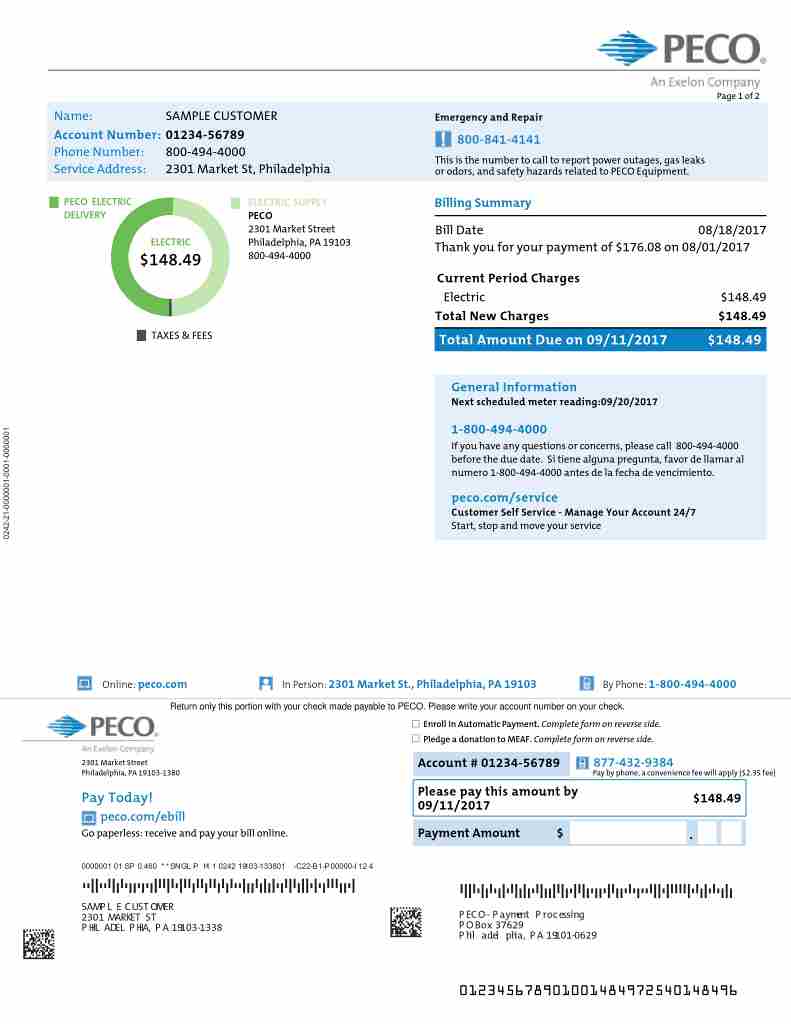 Reducing Electric Power Usage (Tan): U.S. Patent No. 9,190,844
Reducing Electric Power Usage (Tan): U.S. Patent No. 9,190,844
A building – residential, industrial or commercial – has numerous appliances that use electrical power at any time. There are systems that track and report electrical power usage, but the only way to effectively reduce electrical power usage is to first determine how much power each individual appliance is drawing – specifically how much power the heating and cooling equipment in the building is using since that is often the largest share.
This patent discloses the latest Nonintrusive Load Monitoring (NILM) technology. It disaggregates climate control (heating and cooling) energy usage from non-climate control energy (all the other appliances in the building) usage. It records building energy usage and corresponding outdoor temperatures for a time period, and it then computes changes in the outdoor temperature against a baseline. It uses regression analysis to determine a climate control coefficient and a non-climate control coefficient from the building’s energy usage and outside temperature changes. The climate control coefficient and the non-climate control coefficient can be used to determine energy use based on outside climate changes and energy use by non-climate control appliances and equipment in the building.
An electric meter captures the building’s composite load profile, while a detector coupled to the meter creates a load profile for each appliance. A clusterizer detects patterns in the load profile, and an analyzer that is coupled to the detector receives data from each appliance and disaggregates the building’s total energy usage into individual appliance or groups-of-appliances usage.
The intelligence generated by this patented system can be used to automatically control and, thereby, reduce heating and cooling costs. In commercial and industrial buildings, the data can be used to coach employees how to reduce use of certain appliances to save energy costs. Employee staffing and scheduling, and use of machinery and appliances, can be rescheduled to reduce electrical power consumption and take advantage of off-hours reduced electric rates.
U.S. Patent No. 9,190,844 for “Systems and methods for reducing energy usage” would be a key acquisition for any manufacturer or installer of HVAC equipment and systems, as well as providers of Smart Home and Smart Office configurations.
Combination LED/Smoke Detector (Athena): Four U.S. Patents
There was a time when cell phones just made phone calls. Today they are smart phones, and they take pictures and video, access your email, schedule your events, provide driving directions, and help you find the best chili in town. What happened to cell phones is about to happen to light bulbs and light fixtures. Since Thomas Edison invented the light bulb 140 years ago, the only major improvement has been the replacement of incandescent filament bulbs with LED fixtures. The next major advancement is here.
This intriguing patent portfolio converts an LED lamp into a combination lamp-and-smoke/CO/gas detector. No tools needed. Just screw it in. This portfolio enables each combo LED and smoke/CO/gas detector to communicate with each other and flash color-coded signals that guide residents to safety in the event of a fire or other emergency. They also broadcast warning messages, they are voice-activated, and they can be used to create an intercom system. These super-combo units can be used to supplement conventional smoke/CO/gas alarms, quickly install a smoke/CO/gas alarm where one is needed, be used in place of conventional smoke/CO/gas alarms, or be integrated into a Smart Home/Smart Office network. They run off rechargeable batteries so they work during power outages, and they can be configured to communicate with residents during an emergency.
Branded “LampLife Detector™” by the inventors, the products covered by this portfolio will forever change the lighting products, smoke/CO/gas alarm, and Smart Home/Smart Office industries! Applications include not just the replacement of current light bulbs with these multi-functional super-combo bulbs, the technology can also be incorporated into the next generation of residential and commercial renovations and all new construction to replace the unattractive conventional smoke/CO alarms with attractive lighting fixtures that perform multiple functions.
This portfolio will give any LED bulb manufacturer, or smoke/CO alarm manufacturer, or Smart Home/Smart Office equipment manufacturer, or systems integrator the opportunity to leapfrog all of its competitors and offer what will unquestionably be the next generation of LED lamps, smoke/CO/gas detectors, and Smart Home/Smart Office safety components!
Patent Portfolio
U.S. Patent No. 9,747,763: Networked audible and visual alarm apparatus and method of synchronized alerting
U.S. Patent No. 10,028,357: LED light bulb, lamp fixture with self-networking intercom, system and method therefore
U.S. Patent No. 10,176,805: Networked audible and visual alarm light system and method with voice command control and base station having alarm for smoke, carbon monoxide and gas
U.S. Patent No. 10,262,525: Networked audible and visual alarm apparatus for synchronized alerting with a base station and electronic coding for each alarm
This portfolio will give any LED bulb manufacturer, or smoke/CO alarm manufacturer, or Smart Home/Smart Office equipment manufacturer or systems integrator the opportunity to leapfrog all of its competitors and offer what will unquestionably be the next generation of LED lamps, smoke/CO/gas detectors and Smart Home/Smart Office safety components!
Zigbee is a registered trademark of Zigbee Alliance Corporation.
LampLife Detector is trademark of Athena Patent Development LLC.
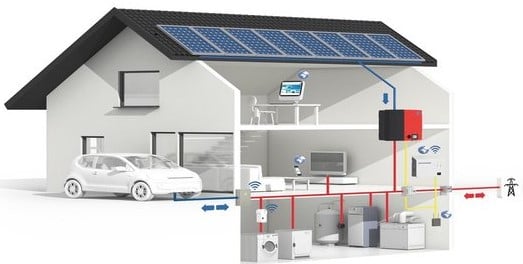 Smart Grid Home/Office Energy Management and Automation (Advanergy): Portfolio of Ten U.S. Patents
Smart Grid Home/Office Energy Management and Automation (Advanergy): Portfolio of Ten U.S. Patents
Key elements in the emerging Smart Home sector are the CEM® (Certified Energy Management) systems that integrate the electrical, mechanical, process, and building infrastructure in a home or office by determining the optimum solutions to reduce energy consumption in a cost-effective manner. This comprehensive portfolio covers an Internet Protocol-based solution that is secure, yet non-intrusive and inexpensive. It uses a global standard, is plug-and-play installable, and is compatible with all third-party technology including the latest electric utility “smart meters” and Zigbee® systems.
| Patent No. | Title |
| 8,443,071 | Data server system and method |
| 8,478,450 | Power control system and method |
| 8,583,955 | Battery management system and method |
| 8,649,883 | Power distribution system and method |
| 8,666,560 | Power control system and method |
| 8,761,050 | Network integration system and method |
| 8,769,327 | Battery charger management system and method |
| 8,826,046 | Light fixture monitoring/control system and method |
| 9,335,750 | Light fixture adapter (LFA) security monitoring |
| 9,430,021 | Battery management system and method |
This portfolio covers:
- Full monitoring and control of all smart-enabled devices from any location via Internet access
- Smart Meter Control Panel that reports smart and non-smart energy usage
- Detailed consumption reporting by individual device
- Control of devices (turn off, turn on, or schedule) on-site or remotely
- Customizable display options that enable users to have data reported in multiple formats
- Smart battery control that insures that rechargeable devices do not overheat so battery life is optimized
This portfolio covers a single, seamless, comprehensive platform for energy monitoring, sensor network security, and device-control battery charging, and all of the patents in this portfolio have over 300 Forward Citations, making them all foundational patents. It can broadcast messages, images, and/or video across an internal network or via an encrypted Wi-Fi intranet. For any company in the Smart Home business, or a company seeking to enter this growing segment, this portfolio would be a critical and strategic acquisition!
CEM is a registered trademark of the Association of Energy Engineers.
Zigbee is a registered trademark of the Connectivity Standards Alliance.
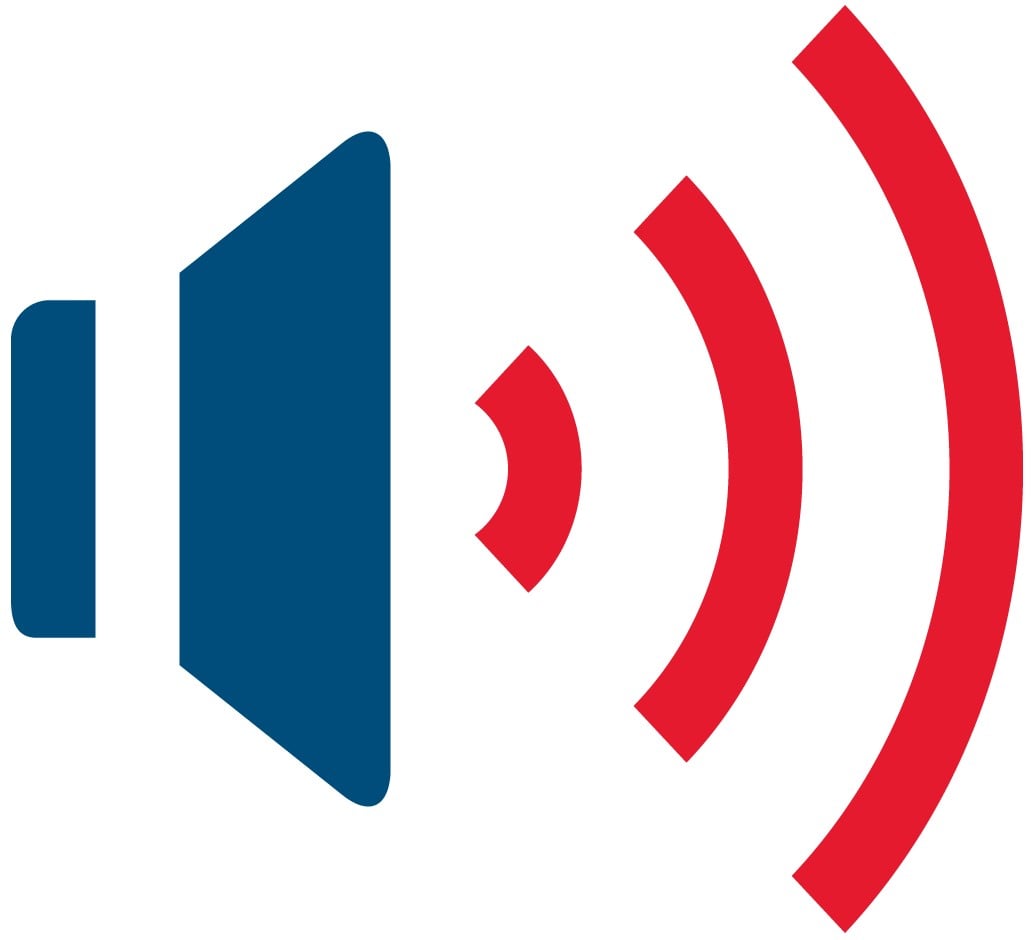 Real-Time, Multilingual Voice Alerts to Smart Devices (Verna): U.S. Patent No. 8,265,938
Real-Time, Multilingual Voice Alerts to Smart Devices (Verna): U.S. Patent No. 8,265,938
How do you get a time-sensitive message to dozens or hundreds of people quickly and efficiently? The invention covered by this patent converts text messages into voice alerts that are sent wirelessly (via cellular communication, wireless LAN, etc.) to smartphones, tablets, PCs, televisions, remote electronic devices in automobiles such as OnStar or IOT- connected vehicle systems, and other smart devices. This invention fills the need to efficiently transmit or broadcast instant voice alerts during times of emergencies or as part of a security monitoring system.
The patent includes text-to-voice alerts transmitted to remote computing devices as well as the generation of text message alerts and their conversion to synthesized speech. Included is the detection of activity by a sensor and the transmission of instant voice alerts regarding such activity. In addition, voice alerts can be translated into different languages. This patent creates an efficient, effective and relatively inexpensive method for notifying the public about a flood, earthquake, plane crash, auto accident, terrorist attack or other critical event. U.S. Patent No. 8,265,938 for a "Voice Alert Methods, Systems and Processor-Readable Media" would be a valuable acquisition for a cellular service provider that wants to offer its customer base a value-added service to differentiate itself from the competition.
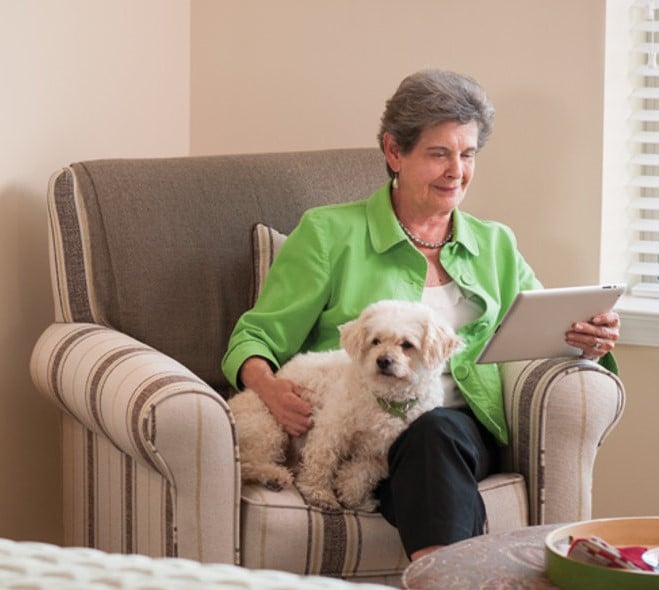 Tracking of Homeowner and Pet (Domuset): Two U.S. Patents Plus Foreign Patents and Applications
Tracking of Homeowner and Pet (Domuset): Two U.S. Patents Plus Foreign Patents and Applications
An important and growing subset of the emerging Smart Home sector is monitoring senior citizens. When grandma or grandpa has a pet, monitoring the movement of the person and his or her animal can be an effective, but totally passive, way of keeping an eye on them. When there is no movement, has the resident fallen down or is he taking a nap? When there is no movement, is she ill or watching TV? The technology covered in this international portfolio uses sensors to track the movement of the resident of the house or apartment, as well as his or her movements in relationship to the person’s cat, dog or other pet(s).
Patent Portfolio
- U.S. Patent No. 8,890,871: Method and arrangement for monitoring the path of an animal or a human in the home
- U.S. Patent No. 9,275,374: Method and arrangement for evaluating ability and functional ability based on interaction and psychological signals
- Great Britain Patent 2509274: Method and arrangement for evaluating activity and Functional Ability Based on Interaction and Physiological Signals
- PCT Patent Application 10827953: Method and arrangement for monitoring the path of an animal or a human in the home
- European Patent Application 2496076: Method and arrangement for monitoring the path of an animal or a human in the home
If the person is not moving, but his dog is also inactive, that indicates that things are probably okay. However, if the system detects no movement from the human, but the dog is running around the house and barking, that indicates to the system that something is wrong. A set of algorithms analyzes the data and makes that determination. This portfolio would be a critical acquisition for any business in the elderly care sector, as well as any company the home monitoring business.
![]() RFID Product Management and Tracking (McTigue): Two U.S. Patents
RFID Product Management and Tracking (McTigue): Two U.S. Patents
You are getting ready to do the laundry, and you discover that you are out of laundry detergent. You go to feed the dog, and you are out of dog food. It is easy to remember to buy the stuff we use every day – milk, bread, orange juice – but easy to forget to buy items that come in larger quantities and are not purchased on the regular trip to the store. In a business, unexpectedly running low on supplies is even more inconvenient and expensive. Wouldn’t it be great if there was a system that notified you automatically when you were running low on these items?
| Patent No. | Title |
| US 8,284,056 | Product management system and method of managing product at a location |
| US 8,976,029 | Product management system |
This portfolio creates a solution to this common and very real problem. Using small and inexpensive, weight-sensitive RFID tags, the invention covered by this portfolio has these tags attached to large-quantity consumer items – dog food and cat food, cat litter, laundry detergent, flour and sugar, shampoo, paper goods, etc. – so that as the product is consumed, and it reaches a re-order level, the RFID tag notifies the homeowner that it’s time to start shopping around for more of whatever is running low.
One application for the technology is to have it notify the homeowner via a Smart Home system. Or the home owner can use a receiver to quickly determine what items are reaching the re-order level. A business can use the technology to inform the staff when it is time to order virtually any raw material – from copier paper and toner to industrial cleaners and lubricants – it uses on a regular or irregular basis. In a more sophisticated application, the RFID tags can notify a re-order mechanism that shops for prices and availability on the items to be re-ordered. The acquirer of this portfolio will be able to create an automatic re-order system for all of the larger quantity items it sells!
Patent Brokerage Prospectus: Contact [email protected] to receive an analysis of each portfolio that includes:
- Executive Summary
- Patent Overview and History
- Technology and Investment Summary
- Market Research
- Company Analysis
- Illustrative Evidence of Use (if applicable)
We offer patents in these technologies:
- Agricultural
- Artificial Intelligence
- Automotive/Vehicular
- Aviation
- Banking/Financial Services
- Beverages/Foods/Nutritional Products
- Boat and Marine
- Cannabis and Medical Marijuana
- Construction/Building Trades
- Consumer Electronics
- Consumer Products
- Digital Currency/Cryptocurrency
- Drones/UAVs
- E-Cigarette & Vaping Technology
- E-Commerce
- Education & Training
- Energy/Power Generation
- Health and Beauty Products (HBP)
- Human Resources
- IoT Patents/Internet of Things
- Manufacturing
- Medical Electronics and Devices
- Mining/Drilling
- Mobile/Wireless
- Network/Location-Based Services
- Optics/Displays/Video/LED
- OTT Patents/Over-the-Top
- Packaging
- PCs and Notebooks
- Pharmaceuticals
- Robotics/Automation
- Semiconductor
- Shoe & Apparel
- Smart Home/Smart Office
- Social Media
- Software, Apps, and Architecture
- Sports/Sporting Goods
- Telecommunications/IP Telephony
- Warehousing/Material Handling
- Other
- Go to Patent Index
- Return to Patent MarketPlace

